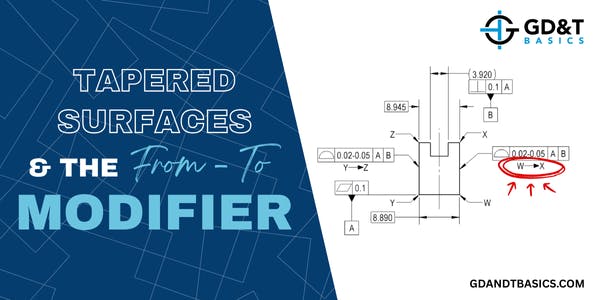
Tapered Surfaces and the From-To Modifier
In this Question Line video, Jason demonstrates how the from-to modifier can be applied to create a wedge-shaped tolerance zone for tapered surfaces.

In this Question Line video, Jason demonstrates how the from-to modifier can be applied to create a wedge-shaped tolerance zone for tapered surfaces.

In this Question Line video, Jason reviews a simple part assembly to show how geometry and form factor into the tolerance stack-up analysis.
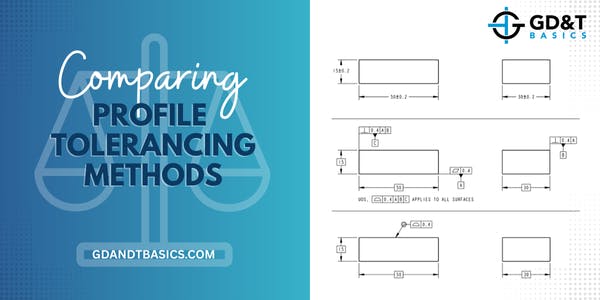
In this Question Line video, Jason reviews a submitted drawing toleranced three different ways and explains which option he would recommend.

In this Question Line video, Jason reviews a submitted drawing, explaining the difference between flatness and parallelism, and gives options on how to tolerance the drawing based on what is critical to the design.
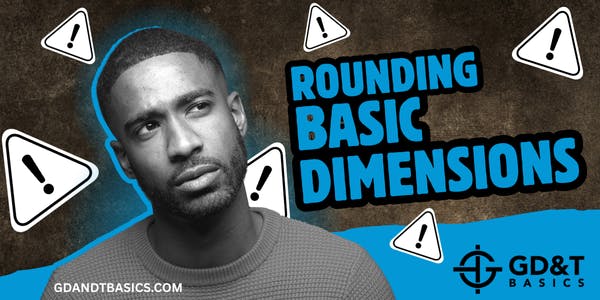
In this Question Line video, Jason reviews a drawing of a clevis bracket to show the potential effects of rounding basic dimensions.
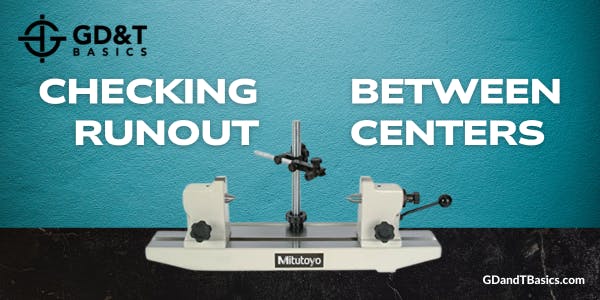
In this Question Line video, Jason walks through how to use different tools and setups to inspect the runout between centers for a submitted part drawing.
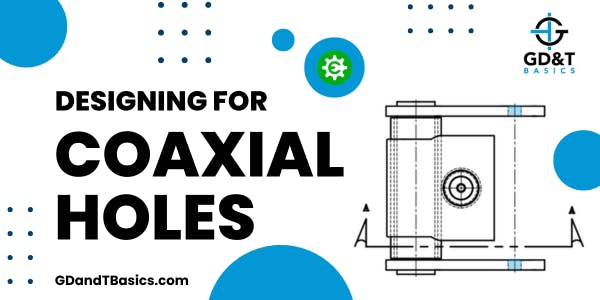
In this Question Line video, Jason reviews a submitted weldment drawing and demonstrates how to calculate the position tolerance needed for a zero-clearance fit in the worst-case assembly scenario, ensuring that the shaft can pass through two coaxial holes.
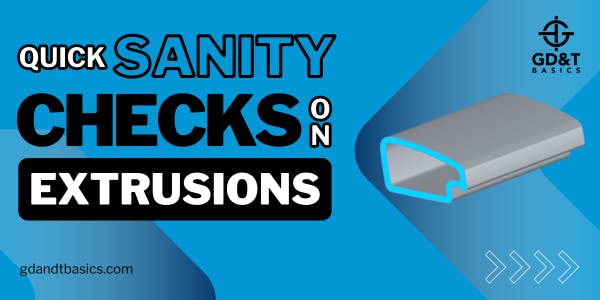
In this Question Line video, Jason shares some quick sanity checks that can help identify manufacturing issues for an extruded part being controlled by profile of a line tolerances.
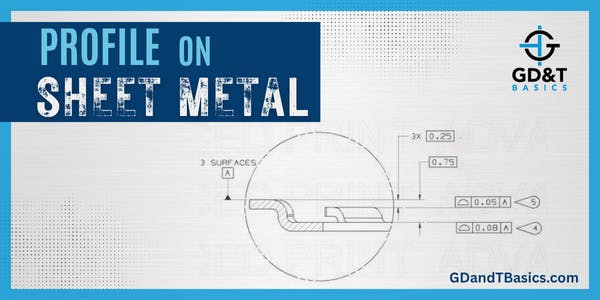
In this Question Line video, Jason answers a question regarding how to report form variation on a part made from sheet metal.
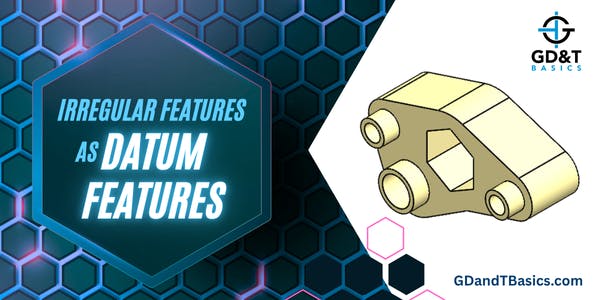
In this Question Line video, Jason explains how an irregular feature like a hexagon can serve as a primary datum feature and discusses how this part could be inspected – touching on gage design for manual inspection and point cloud analysis using a CMM.
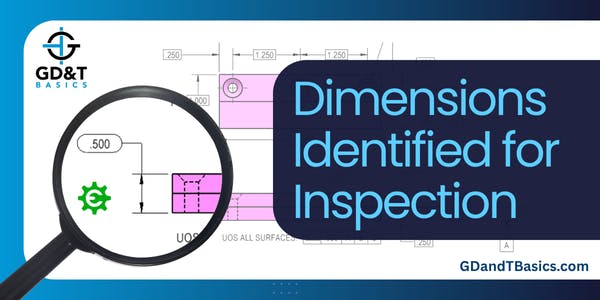
What does it mean when a dimension is circled on a drawing—and how does it impact manufacturing? In this video, Jason explains the informal use of ovals as quality control symbols and what it means for how parts are made and inspected.
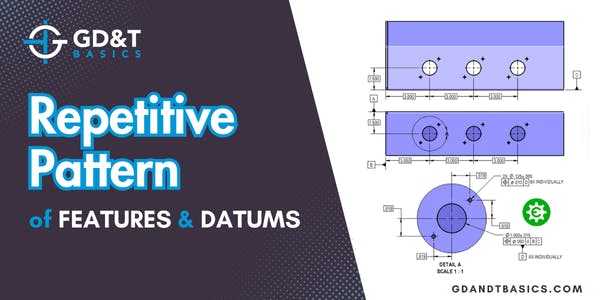
In this Question Line video, Jason discusses how to control a repetitive pattern of features with respect to a more central datum by using a “#X INDIVIDUALLY” note in conjunction with a datum feature.
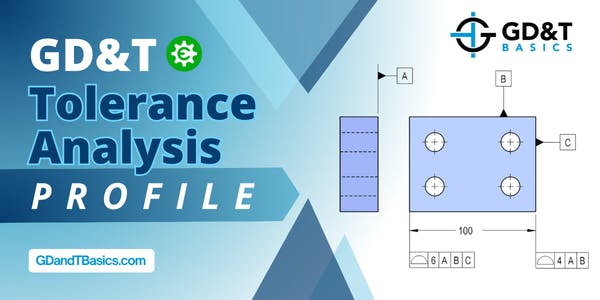
In this Question Line Video, Jason walks through a submitted drawing and clarifies how the feature control frames define the location and orientation of the tolerance zones for the profile of a surface control.

In this Question Line video, Jason reviews a submitted drawing that attempts to locate two parts relative to each other and explains how to choose the correct GD&T tolerances to support the intended function.

In this video, Jason explains when simultaneous requirements apply and how the “separate requirements” note affects inspection, sharing examples that illustrate reasons for using each approach.
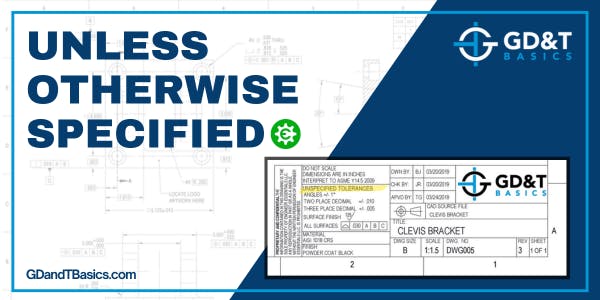
In this Question Line video, Jason answers the questions regarding the use of the Unless Otherwise Specified (UOS) statement on a drawing.

In this Question Line video, Jason discusses the role of significant figures in identifying tolerances for dimensions with unspecified tolerances. He also walks through an example of how to determine the required accuracy of the measurement equipment according to the ASME Y14.43 standard.

In this Question Line video, Jason compares flatness directly applied to a surface associated with a feature of size against flatness applied to a feature of size.